#Narrative
Text
Writing Tips Master Post
Character writing/development:
Character Arcs
Making Character Profiles
Character Development
Comic Relief Arc
Internal Conflict
Creating Distinct Characters
Suicidal Urges/Martyr Complex
Creating Likeable Characters
Writing Strong Female Characters
Writing POC Characters
Character Voices
Plot devices/development:
Intrigue in Storytelling
Enemies to Lovers
Alternatives to Killing Characters
Worldbuilding
Misdirection
Consider Before Killing Characters
Foreshadowing
Narrative:
Emphasising the Stakes
Avoid Info-Dumping
Writing Without Dialogue
1st vs. 2nd vs. 3rd Perspective
Fight Scenes (More)
Transitions
Pacing
Book writing:
Connected vs. Stand-Alone Series
A & B Stories
Miscellaneous:
Overcoming Writer's Block
1000 Follower Special
Writing Fantasy
Character Ask Game
#masterlist#masterpost#writeblr#writing#writing tips#writing advice#writing help#writing resources#author resources#writer resources#creative writing#character writing#character development#plot development#narrative#book writing#writers block#writer stuff#writer things#deception-united
194 notes
·
View notes
Text

Ronald Jackson’s Masked Portraits of Imaginary Characters Stoke Curiosity About Their Stories
60 notes
·
View notes
Text
yes yes characters doomed by the narrative always slap BUT what about characters saved by the narrative? characters who have already given up hope and don't know they have a happy ending? characters who believe they are a lost cause, characters who feel irredeemable, characters who think there's nothing left for them, but the narrative does provide a way out? what about the characters who don't expect anything good, who don't even remember how to wish for it anymore, who get the things they need anyway? what about the characters who actively run from being saved getting saved in a way they can't stop or control. what about being saved by the narrative!!!
#this is inspired by joy from eeaao#but feel free to blorbo it up#judas talks#doomed by the narrative#saved by the narrative#fate#narrative#on writing#on healing#on hope
21K notes
·
View notes
Text
It's always risky killing off a character but if you have to, you must have them HAUNT the narrative. Let their death and absence be constantly felt at some level.
#writing advice#creative writing#writing process#writing#writers#writers on tumblr#writeblr#character death#narrative#character writing
5K notes
·
View notes
Text

☔️ for my university’s newspaper! nz had a lot of rain last summer… 🌈
783 notes
·
View notes
Text
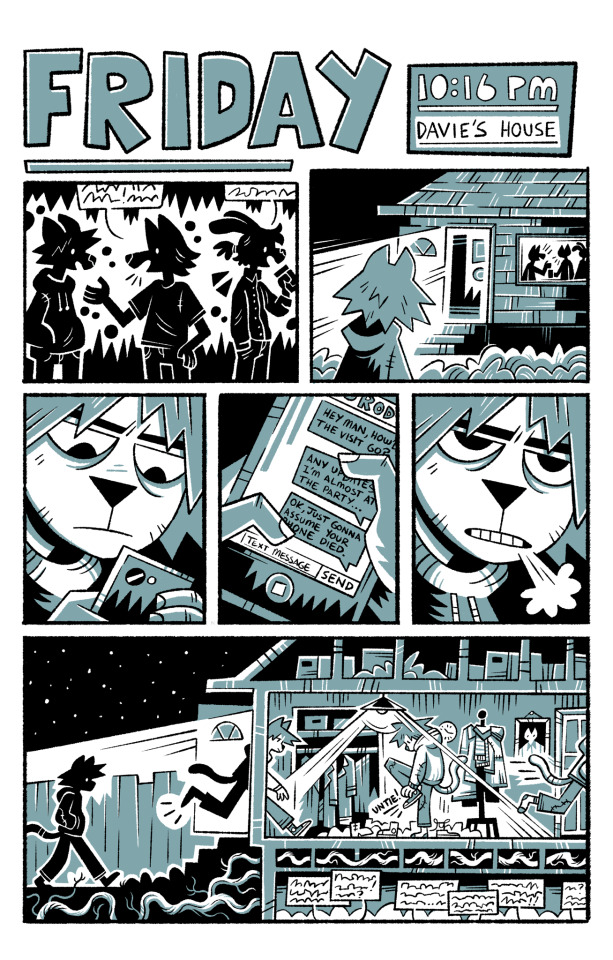
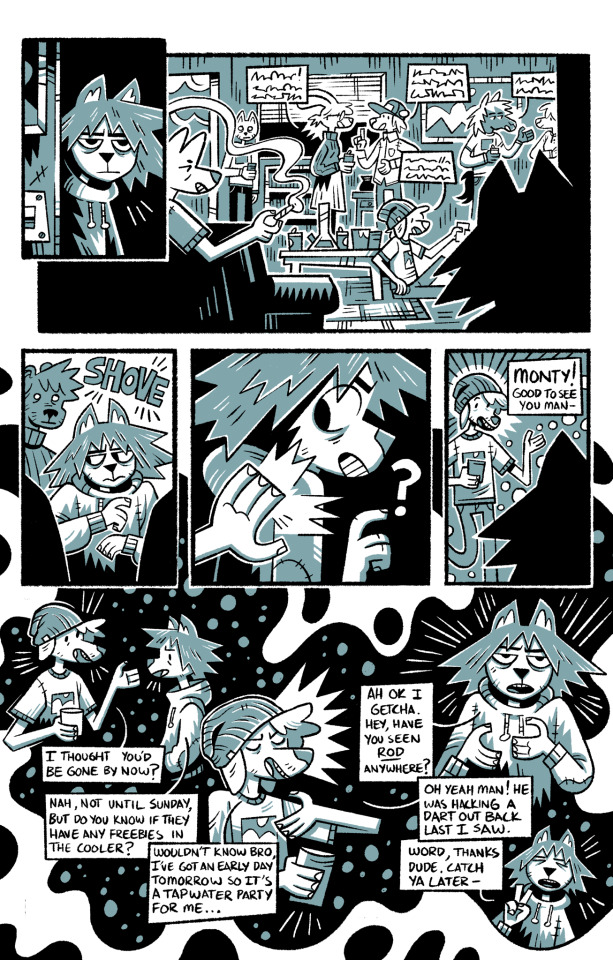
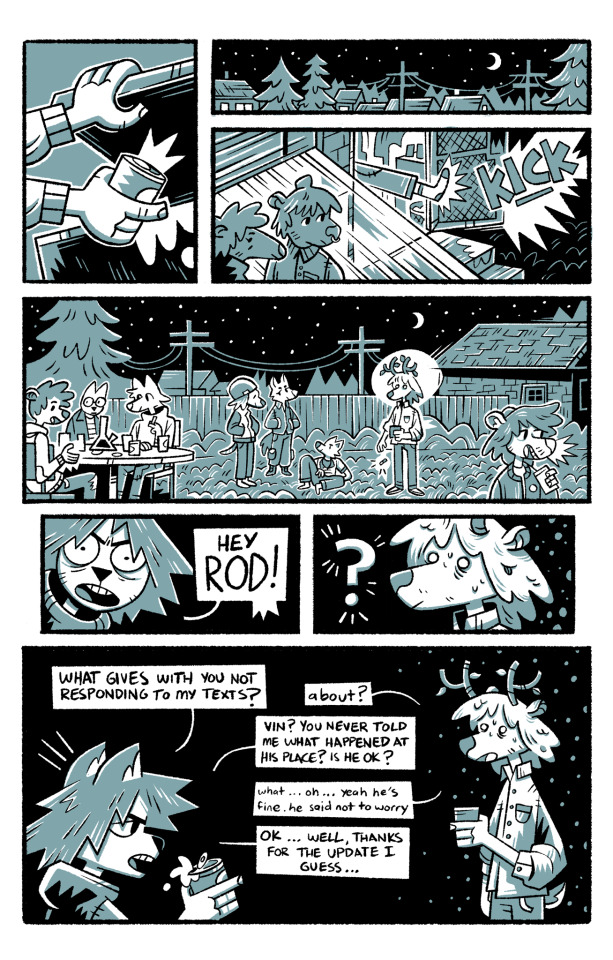

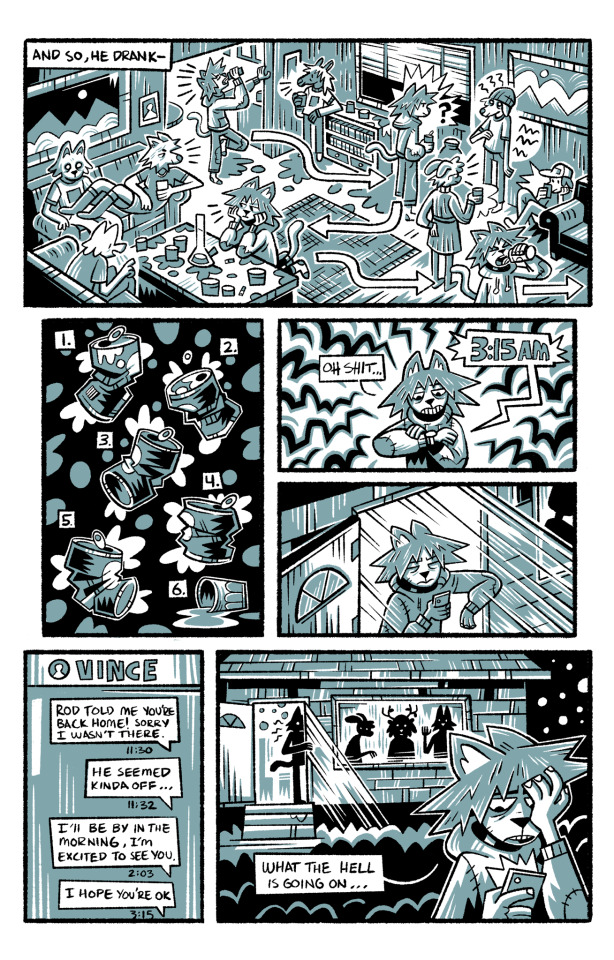
“The Wind Beneath the Aspens”
-5 page pitch created during August of this year
#illustration#sketchbook#anthro#art#drawing#procreate#furry art#furry#sketch#character design#comicart#comics#comic#webcomix#webcomic#narrative#cartoon#drugs cw#alcohol cw
1K notes
·
View notes
Text
wait you know what's fucked up. this. this metaphor bestowed on Eumaios seeing Telemachos. while the narrative voice leans toward Odysseus's thoughts.

536 notes
·
View notes
Text
The Five Types of Readers That Read Your Fantasy Book (For Writers)

As a fantasy writer, understanding your target audience is crucial for the success of your book. Knowing the different types of readers who are drawn to the genre can help you tailor your writing to their preferences and create a more engaging experience. In this blog post, I'll help you explore the five types of readers that are likely to read your fantasy book and provide insights into their characteristics and expectations.
The Escapist Reader
The first type of reader is the Escapist. These readers are looking for a break from reality and crave immersion in a rich and imaginative world. They are drawn to epic quests, magical creatures, and fantastical settings. As a writer, you can capture their attention by crafting a vivid and detailed world, filled with intricate plotlines and larger-than-life characters. Engaging their sense of wonder and providing an escape from their everyday lives will keep them hooked from the first page to the last.
The World-Builder
The next type of reader is the World-Builder. These readers are fascinated by the intricacies of world-building and the lore that shapes the fantasy realm. They enjoy exploring the history, mythology, and geography of the fictional world you create. To captivate these readers, focus on developing a well-constructed and cohesive world that feels authentic and believable. Pay attention to the small details, establish consistent rules of magic, and provide glimpses into the rich tapestry of your universe.
The Character-Driven Reader
Another important type of reader is the Character-Driven reader. These readers are emotionally invested in the journeys and growth of the characters they encounter. They want to experience the highs and lows alongside the protagonists, forming deep connections with them. To engage these readers, focus on creating well-rounded and relatable characters with compelling arcs. Develop their motivations, flaws, and relationships to evoke empathy and resonate with your audience on a personal level.
The Plot-Oriented Reader
The fourth type of reader is the Plot-Oriented reader. These readers are primarily interested in the twists, turns, and surprises that unfold throughout the story. They enjoy intricate and well-paced plots that keep them guessing. As a writer, you can capture their attention by crafting a narrative with unexpected twists, clever foreshadowing, and satisfying resolutions. Keep the suspense high and deliver a satisfying payoff to keep these readers engaged and coming back for more.
The Theme-Seeker
The final type of reader is the Theme-Seeker. These readers are drawn to the deeper meanings and messages embedded within a story. They enjoy exploring philosophical, moral, or social themes that resonate with them on a personal level. As a writer, you can captivate these readers by weaving thought-provoking themes into your narrative. Explore complex issues, challenge societal norms, and offer unique perspectives to stimulate their intellect and leave a lasting impact.
Conclusion
Understanding the different types of readers that are drawn to your fantasy book can help you tailor your writing to their preferences and create a more immersive experience. Whether you are capturing the attention of Escapist readers, captivating the World-Builders with your intricate lore, evoking emotions in Character-Driven readers, surprising Plot-Oriented readers, or stimulating the intellect of Theme-Seekers, knowing your audience is key. By crafting a story that resonates with these reader types, you increase your chances of creating a loyal fan base and achieving success as a fantasy writer.

Blow your readers mind.
Happy writing!
#thewriteadviceforwriters#writeblr#creative writing#writing#writing tips#on writing#writers block#how to write#writers and poets#writing plot#character building#character creation#writing resource#world building#narrative#novel writing#writing blog#writer#writing community#fantasy novel#fiction#author#self published#novella#self publishing#romance novels#fantasy fiction#fantasy#high fantasy#medieval fantasy
568 notes
·
View notes
Text
Create a monster, and I will show you your reflection
Night has fallen. Lightning crackles in the sky above. It is time for you to create an abomination. But what manner of horror will spring from your hands?
-
I blacked out and made another narrative uquiz. Give it a play, tag what you get!
377 notes
·
View notes
Text
Once more thinking about something that permanently altered my brain's chemistry and the way I see life and I think I should share it here, even if no one is going to see.
In the How to Train Your Dragon book series, there is a scene where Hiccup faces an enemy who owns an axe that has two sides, one that is golden and shiny, the other that is blackened, bloody and rusty. He would throw the axe in the air and make decisions depending on which side it would land on. Said axe eventually is used to decide Hiccup's fate.
However, despite being trapped by the narrative in many ways, Hiccup is the protagonist of his own destiny. He reaches for the axe as it falls, and turns it himself so it lands on the golden side. Whether the axe was going to land on the gold or the dark side originally is irrelevant. He chooses to be alive and be free.
Every time I go through a difficult moment, as I am right now, I think about this scene, as silly as it may be.
I am allowed to grab the destiny axe. And so are you.
#how to train your dragon#hiccup#life advice#axe#destiny#the chariot#literature#book rec#narrative#HTTYD despite being obviously meant for kids has many strong messages#And a very complex narrative about destiny repeating ones mistake and being responsible for your own choices#Everyone should give it a chance honestly#brain chemistry
512 notes
·
View notes
Text
Change the narrative.
Start speaking from the position of your highest self, not as the empty handed beggar looking to obtain what you want, but as an opulent being already having what you desire.
#succulentsiren#opulence#wealth#dark feminine energy#manifest#narrative#shift#winner’s mindset#healthy mindset#divine feminine#affirmations#it girl#itgirl#self confidence#writers and poets#dark femininity#femininity#spellwork#spells#patreon#quotes#winning#success#law of attraction
202 notes
·
View notes
Note
I have all these plot points and scenes but I don't know how to connect them in the whole story.
How can I bridge them?
Bridging plot points and scenes is a crucial step in crafting a cohesive story, and every writer's struggle. Here are some strategies that can help:
Character Arcs: Ensure that your plot points and scenes contribute to the development of your characters. Each scene should challenge your characters in some way and drive them toward their goals or reveal something new about them. Look for opportunities to tie the events of your story back to your characters' motivations, desires, and flaws. (See my post on character arcs for more!)
Cause and Effect: Establish clear cause-and-effect relationships between your plot points and scenes. Each event should have consequences that propel the story forward. If one scene ends with a character making a decision or taking action, the following scene should show the effects of that choice or action.
Foreshadowing and Callbacks: Use foreshadowing to hint at future events and callbacks to reference earlier ones. This creates a sense of cohesion and resonance throughout your story. Look for ways to plant seeds early on that will pay off later, and revisit earlier plot points or motifs to reinforce themes and connections.
Transitions: Pay attention to the transitions between scenes. Smooth transitions can help maintain momentum and keep readers engaged. Consider using transitional elements such as time jumps, location changes, or shifts in perspective to connect disparate scenes and move the story forward.
Subplots and Themes: Explore how your plot points and scenes contribute to subplots and overarching themes in your story. Subplots can add depth and complexity to your narrative, while themes provide a unifying framework that ties everything together. Look for opportunities to weave together multiple threads of your story to create a rich tapestry of interconnected events.
Pacing: Consider the pacing of your story and how it affects the flow of events. Balance moments of action and tension with quieter, reflective scenes to create a dynamic narrative rhythm. Pay attention to the pacing of individual scenes as well, ensuring that each one serves a purpose and moves the story forward.
Revising and Polishing: Finally, don't be afraid to revise and polish your story to strengthen the connections between plot points and scenes. As you review your manuscript, look for areas where the narrative feels disjointed or where transitions could be smoother. Experiment with rearranging scenes or adding new ones to fill gaps and improve the overall flow of your story.
Try making a mind map, timeline, or chapter outline to help you figure everything out and find any gaps or plot holes. Hope this was helpful!
#ask#writeblr#writing#writing tips#writing advice#writing help#writing resources#creative writing#book writing#plot development#narrative#deception-united
34 notes
·
View notes
Text



Through Metaphorical Illustrations, Owen Gent Unveils Difficult Psychological Experiences
1K notes
·
View notes
Text
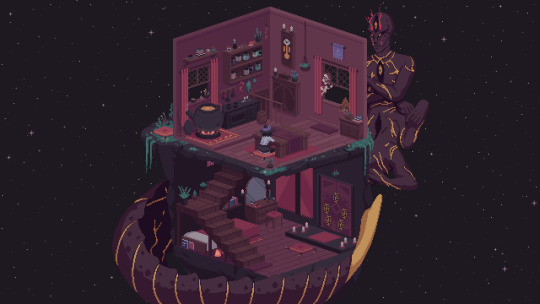
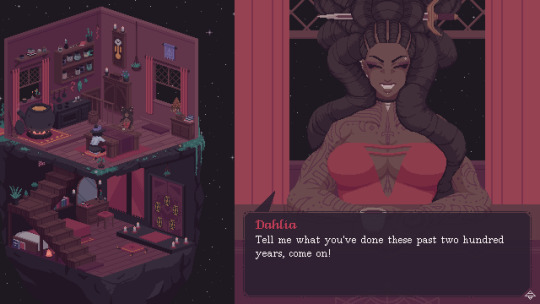
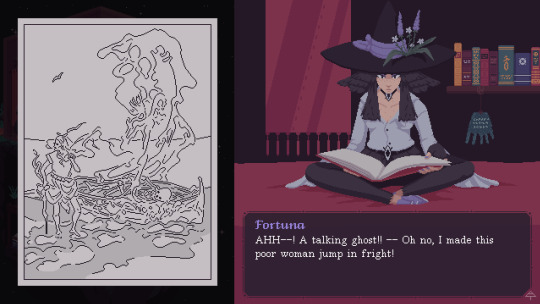
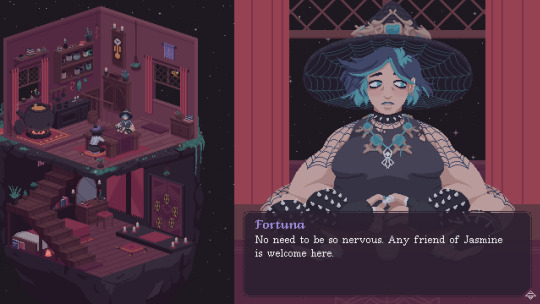
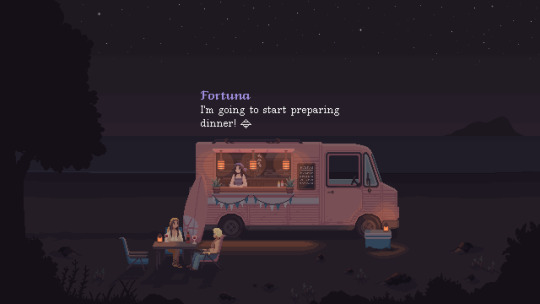
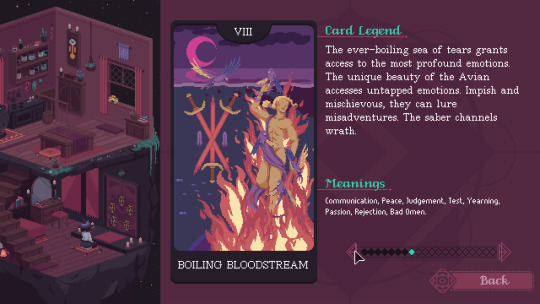
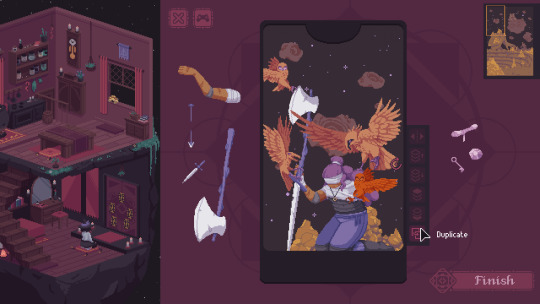

The Cosmic Wheel Sisterhood releases TODAY on PC and Switch!
Please, enjoy out tarot deckbuilding narrative experience about Witches in outer space!
#deconstructeam#indie game#pixel art#gaming#gamedev#narrative#narrative experience#visual novel#witch aesthetic#devolver digital#cosmic wheel sisterhood#witches#tarot art#tarot cards
839 notes
·
View notes
Text
I love you stories that know they are stories, i love you breaking the fourth wall, i love you omniscient narrators, i love you circular storytelling, i love you “maybe it will turn out this time”, i love you stories that end by starting over
#yes this is about hadestown#hadestown#hadestown broadway#anais mitchell#Rachel chavkin#this is a rachel chavin supremacy blog!!!#broadway#musicals#broadway musicals#Greek myths#greek myth aesthetic#narrative
4K notes
·
View notes
Text

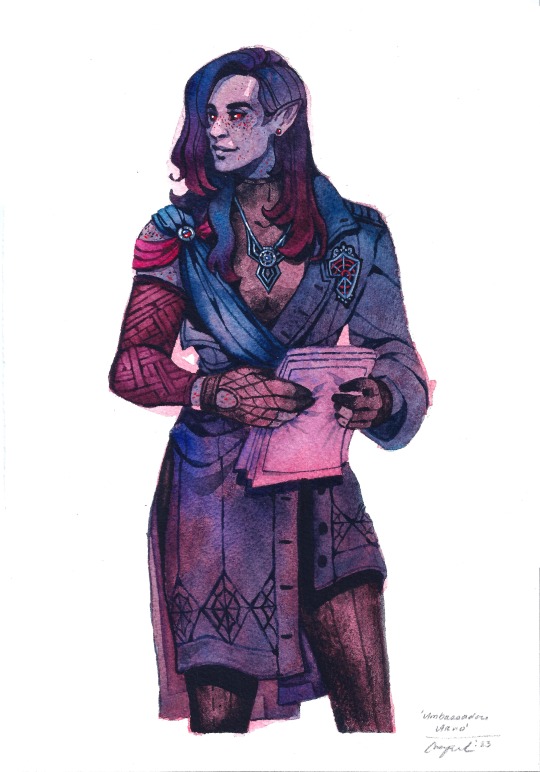
“In the Year of Tides, Ambassador Arno visited the Capitol City of Vox. He stepped onto the floor of the Dunlohran Senate and declared that the once warring cities of Faithfall and Silver Keep were now one allied nation—a union he had personally brokered over the past century.”
Duscal Arno is my original character. I painted him in his formal ambassador uniform with a combination of gouache and watercolor💙
207 notes
·
View notes